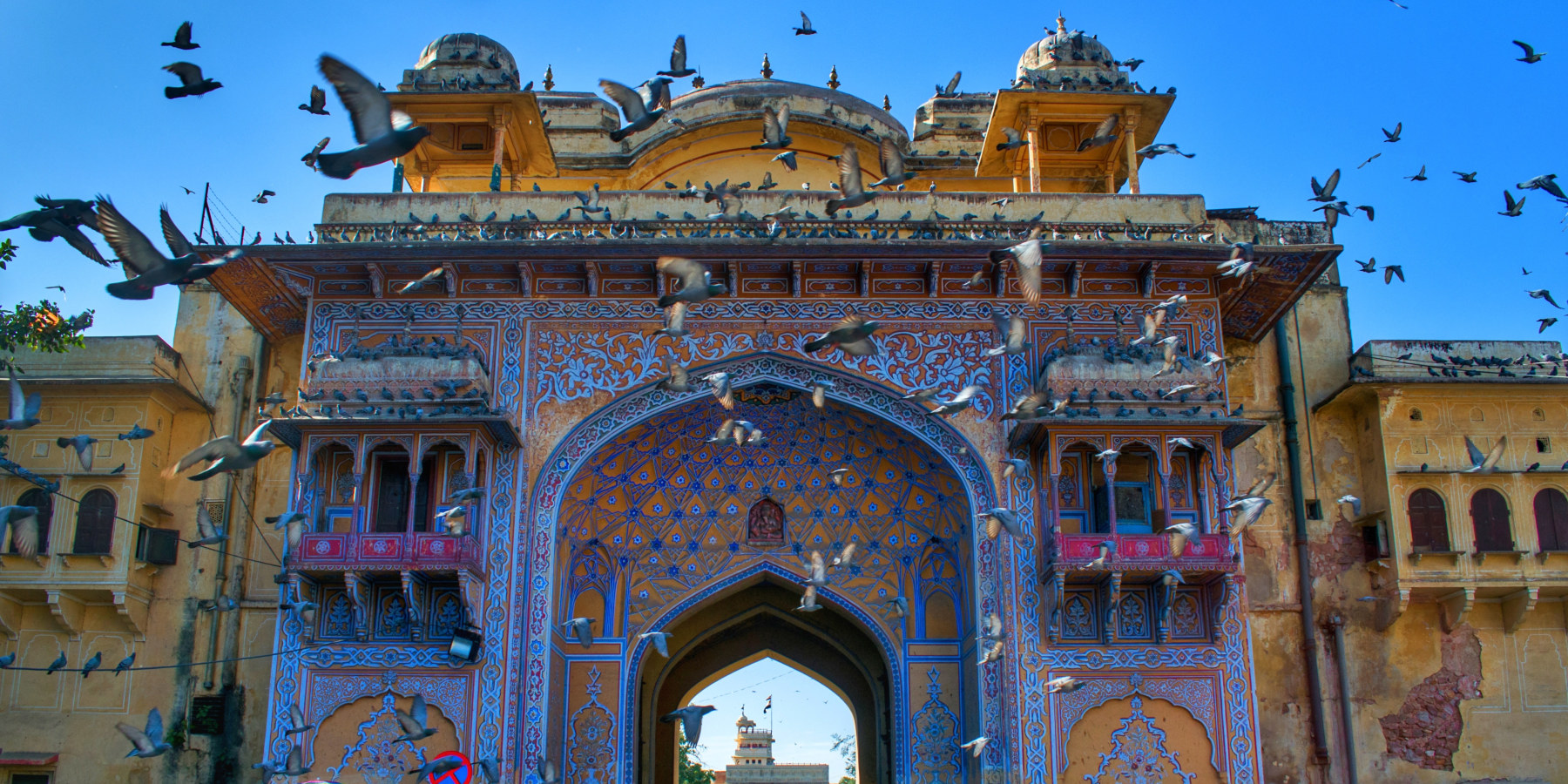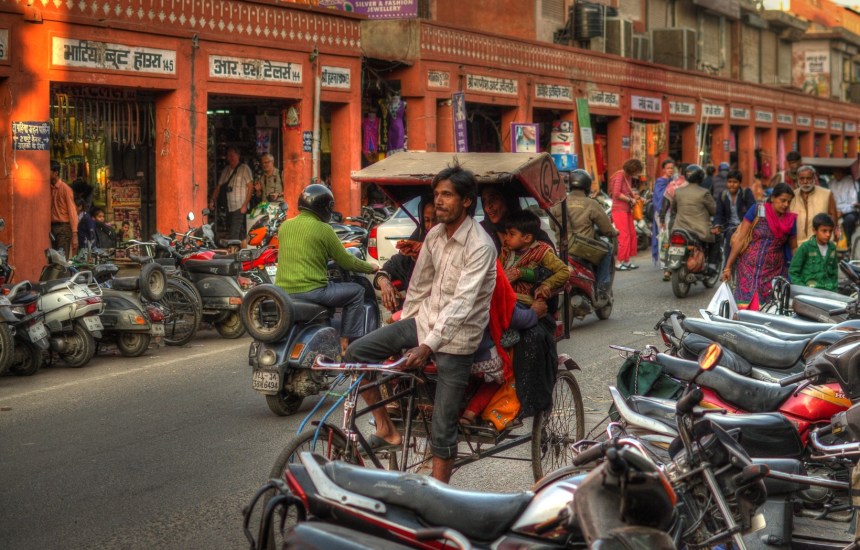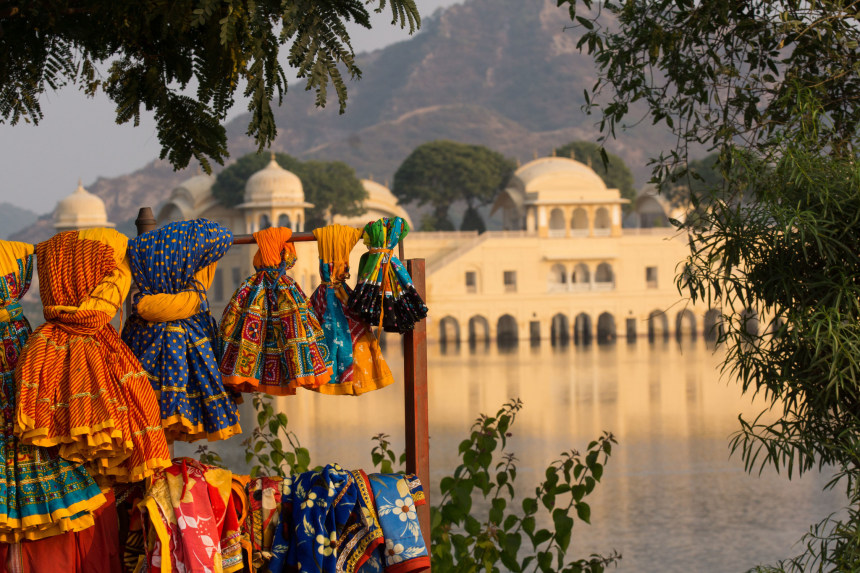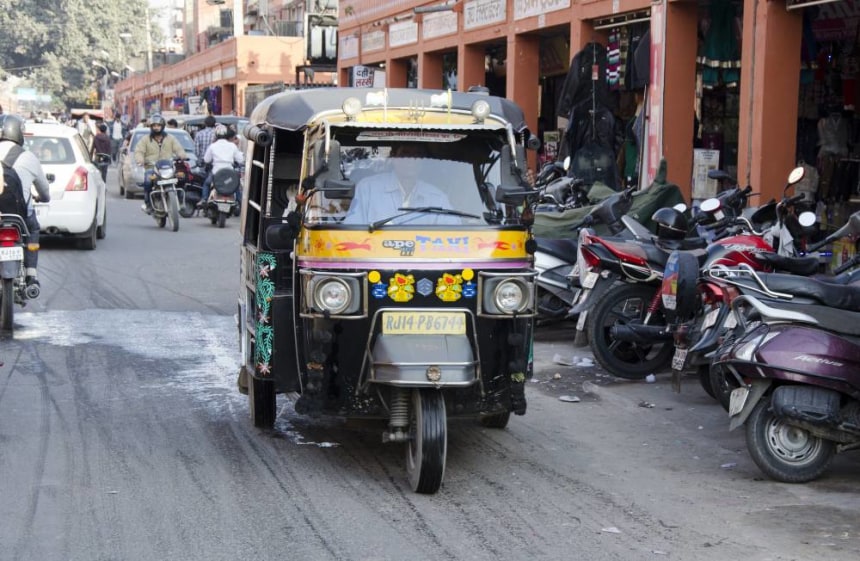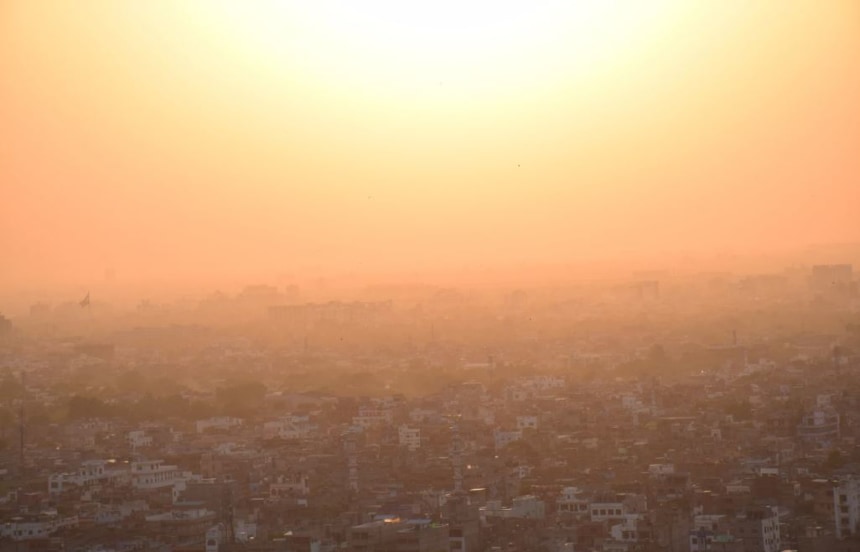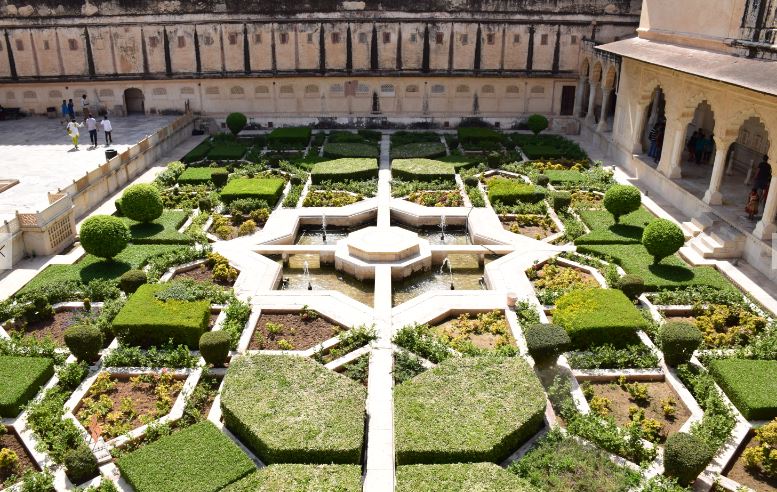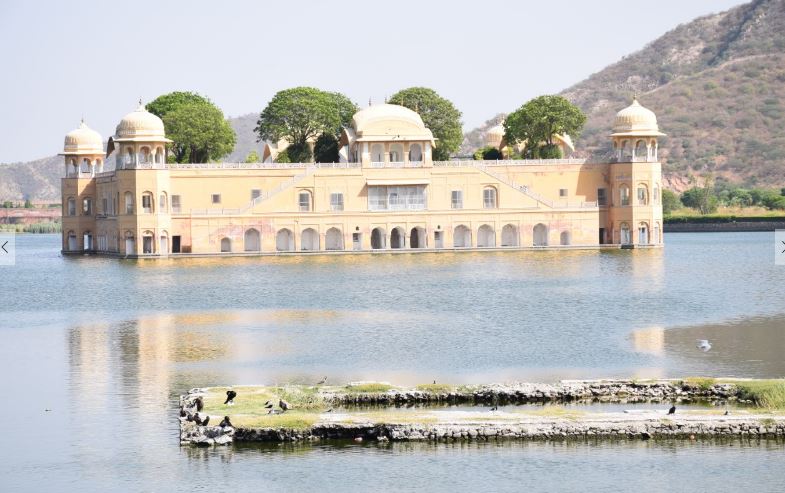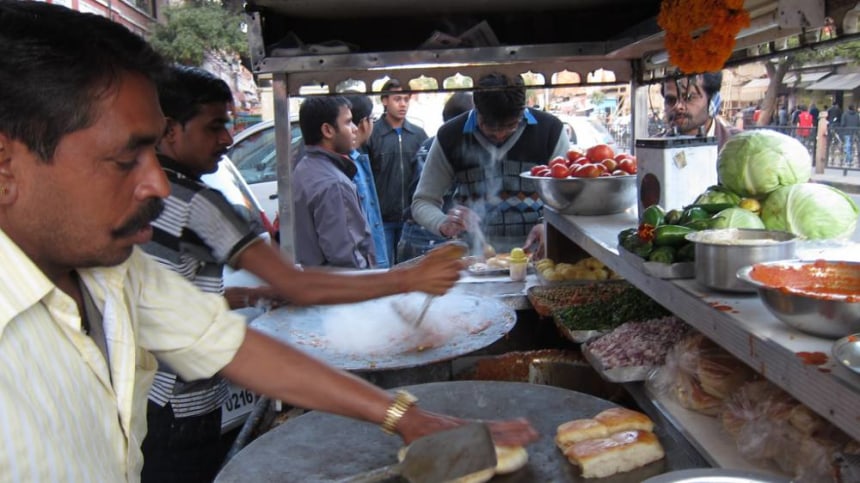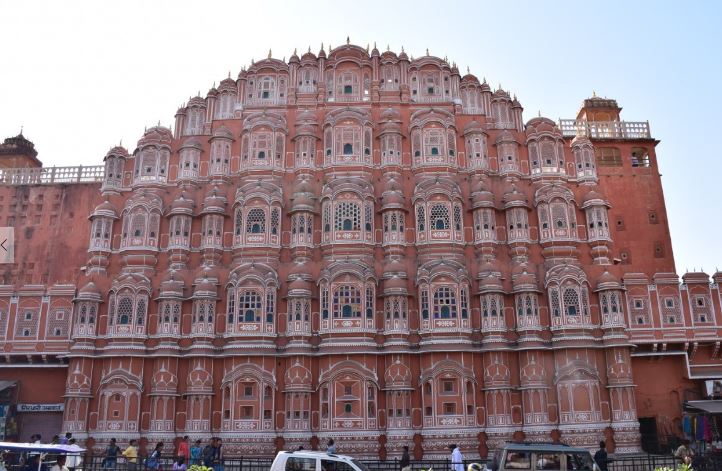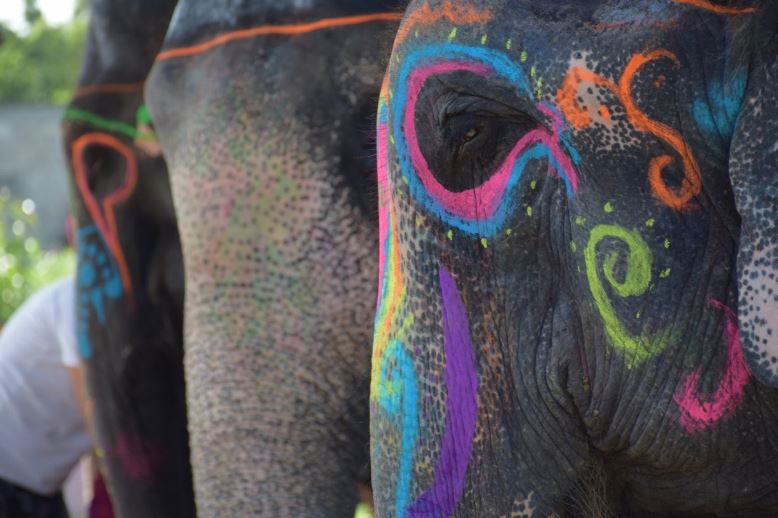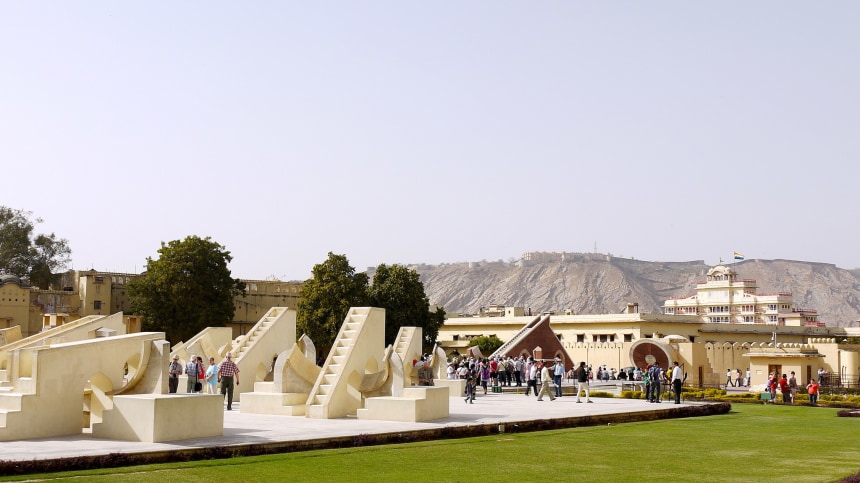| 7 mins read
Joseph Richard Francis
It was a burning Rajasthan morning when my train rattled into the Jaipur railway station and I emerged out into the fray of autos and aromatic vada stalls that cluster around this throbbing and energetic periphery of the so-called Pink City. It had just passed six but already the din of bhajji sellers and hopeful rickshaw owners touting Jaipur tour guide services was in full flow. It was a fine introduction to the sprawling regional capital as a whole: loud, hot, frenetic and pulsing with an endearing energy that’s difficult not to love.
In-all, I spent half a week roaming around the city’s formidable wealth of sights. Along the way I would spy out hilltop palaces where the footsteps of Rajput kings still echoed through the corridors, walk though mysterious monkey temples with sweeping panoramas across the sun-scorched desert of northern India, witness submerged residences of the Maharajas, chat politics, culture and religion with one seriously lively private tour guide and attend animal sanctuaries laden with majestic Asian elephants. Here, I’ll take you through some of the top experiences, sites and activities on offer in the red-hued capital of Rajasthan, exploring everything from spice-packed curries to historic sites crowning the Aravalli Hills.
Jump into an Auto
One of the first things on the menu for any budding adventurer fresh on the ground in Jaipur should be a ride in one of the town’s ubiquitous auto-rickshaws. A feature of India as a whole, these rattling moped-like taxis are truly one-of-a-kind. What’s more, the drivers in this welcoming swathe of the north are as welcoming as they come, so don’t be surprised if your enlisted man turns vigilante Jaipur tour guide on you! Yes sir, there’s no question that hurtling through the bursting clothes and fabric emporiums of Johari Bazar on the back of one of these is the way to do it, while they also make for a convenient and cheap way to hit all of the other major sites around the city.
The Sun Temple
When the sun begins to dip low on the horizon, be sure to head for the appropriately-named Sun Temple, which sits perched above the sprawling suburbs of Jaipur, where the city feathers out into the arid hills of the Rajasthani desert. A steep walk up a series of uneven stone paths takes travellers to a small and mysterious little Hindu shrine. One small offering later and a colourful luck bangle for good measure and 180-degree panoramas of the city reveal themselves; the metropolis’ endless mass of concrete homes and tight-knit lanes fading into pink dust clouds in the distance. I was glad I listened to my Jaipur tour guide slash tuk tuk man on this one!
Galtaji (The Monkey Palace)
Famed for its resident population of cheeky rhesus macaques, this fascinating Hindu pilgrimage site is set deep in the rugged folds of the Aravalli Hills on the edge of the city. Topped by elegant Mughal domes and dressed in Jaipur’s trademark red sandstone, travellers here can spy out a series of glistening tiered bathing pools fed by natural spring waters, all centred on the Galta Kund, the holiest and most revered of the water tanks.
The Amber Fort
However long you intend to stay in the Pink City, at some point every traveller has to direct their attentions towards the majestic rises of the Amber Fort. Perched high on the ridges of the Aravalli Hills some seven kilometres from the centre of town, this dramatic castle come palace constructed of bulwarks of beige and red sandstone is perhaps the most iconic in all of Rajasthan. Enlist the help of a private tour guide and scale the ramparts here, delving into the labyrinth of tunnels and turrets that forms the heart of the fort. Built in the 16th century by the Maharajas, the complex contains colossal courtyards like the Jaleb Chowk, beautifully latticed architecture like the Ganesh Gate and the sparkling interiors of the Sheesh Mahal. There are also some unforgettable views to be had from the battlements, looking down over the sparkling waters of Maota Lake.
The Water Palace
To the north of the city, along the dusty roads that lead out into the desert, a great palace rises enigmatically from the waters of a small lake. This beautiful sight is part of the legacy of the Maharajas of Jaipur, who flooded the area around it in the 16th century. Today, it stands empty in the midst of the water, surrounded by bobbing Rajput canoes and glowing in hues of amber and sandstone against the Indian sun.
Jaipur’s street foods
In the evening head for the bustling and hectic strips of Station Road, where colossal buses creep between the clusters of stalls and bazaars that cook up some of the city’s most aromatic foods. Away from the more-trodden heart of the Pink City, the foods here are authentic and local. Be sure to try panipuri, a crisp dough ball packed with tamarind and masala, and the pav bhaji, a speciality from Maharashtra that comes with buttery bread rolls. Alternatively, Indira Bazar beckons in the downtown with tikka stalls and masala tea wallahs aplenty.
The Hawa Mahal and the Pink City
The throbbing, pulsing heart of Jaipur as a whole, the so-called Pink City (named for its glaringly orange painted hue) is a web of narrow lanes and lively bazaars. On the street corners here, dal churma bubbles in great cauldrons, while jewellery sellers beckon from the alcoves and snake charmers sit between the shadows. There’s oodles to buy but just remember to haggle! And in amidst this fray and frenzy, the magnificent Hawa Mahal stands tall, complete with its 500 windows and gloriously opulent 18th century façade.
Elefantastic
One of India’s most acclaimed elephant sanctuaries, Elephantiasic sits in the shadow of the Aravali Hills to the north of the city proper. It is home to a herd of healthy, loved elephants and run by passionate Rahul, a descendant of a family of mahouts. Guests here get to start the day with a one-on-one session with their own elephant, feeding them sugarcane and corn stalks and learning about their daily routines. Next it’s onto face painting with natural colours ground from the chalks of the Aravalli Hills - an old tradition of Jaipur. The day finishes with elephant washing and riding through the dusty fields adjacent to the sanctuary.
Of course, this is by no means an exhaustive guide to the city of Jaipur. No sir, there’s plenty more up this one’s sleeve, from the buzzing Muslim marketplaces and fabric factories on the peripheries of town to the striking rises of the UNESCO-attested Jantar Mantar.
Image Details and Licenses:https://flic.kr/p/fMUncx (Peder SterllCC BY-NC/2.0) , https://flic.kr/p/bB2fXT (https://flic.kr/p/bB2fXT, CC BY-NC-ND 2.0), The Sun Temple view in Jaipur (© Joseph Richard Francis), https://flic.kr/p/srZzj (Eric Beerkens, CC BY-NC-ND 2.0), Inside the Amber Fort (© Joseph Richard Francis), The Water Temple in Jaipur (© Joseph Richard Francis), https://flic.kr/p/9j6Coo (Eustacia B, CC BY-NC 2.0), The Hawa Mahal (© Joseph Richard Francis), Elefantastic (© Joseph Richard Francis), https://flic.kr/p/bEEK5k (Ivan Lian, CC BY-NC-ND 2.0)

